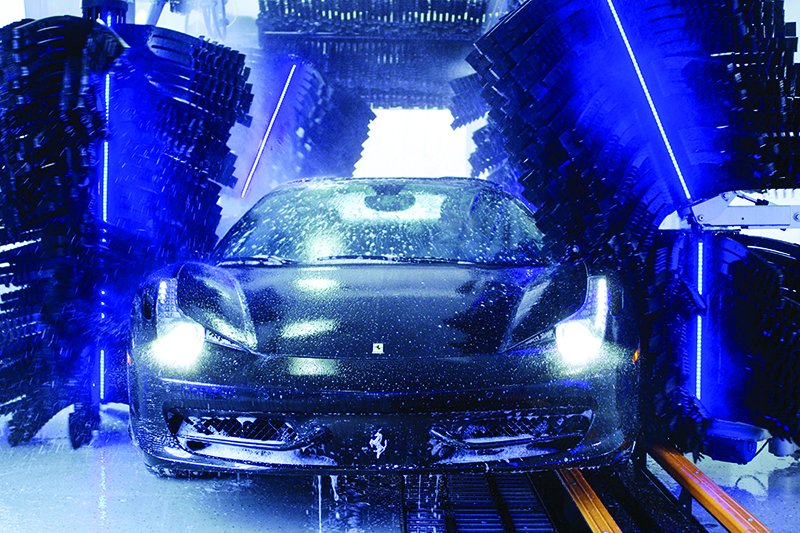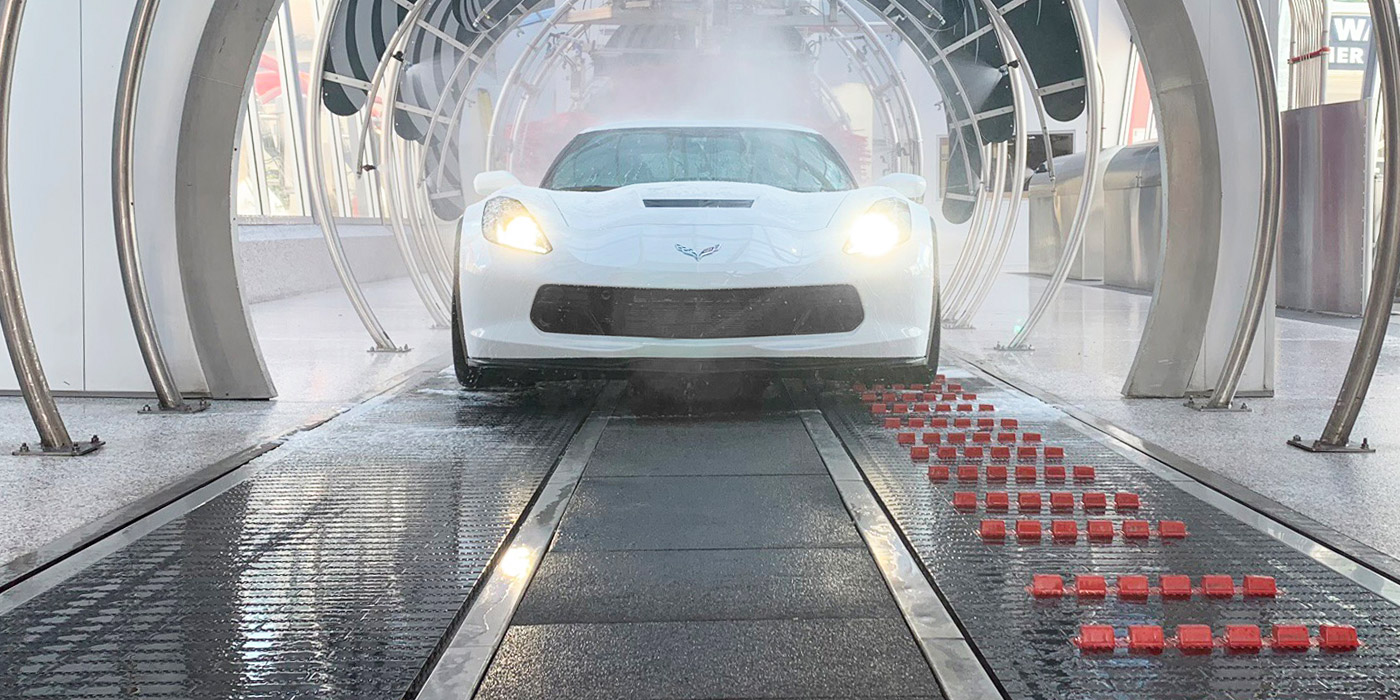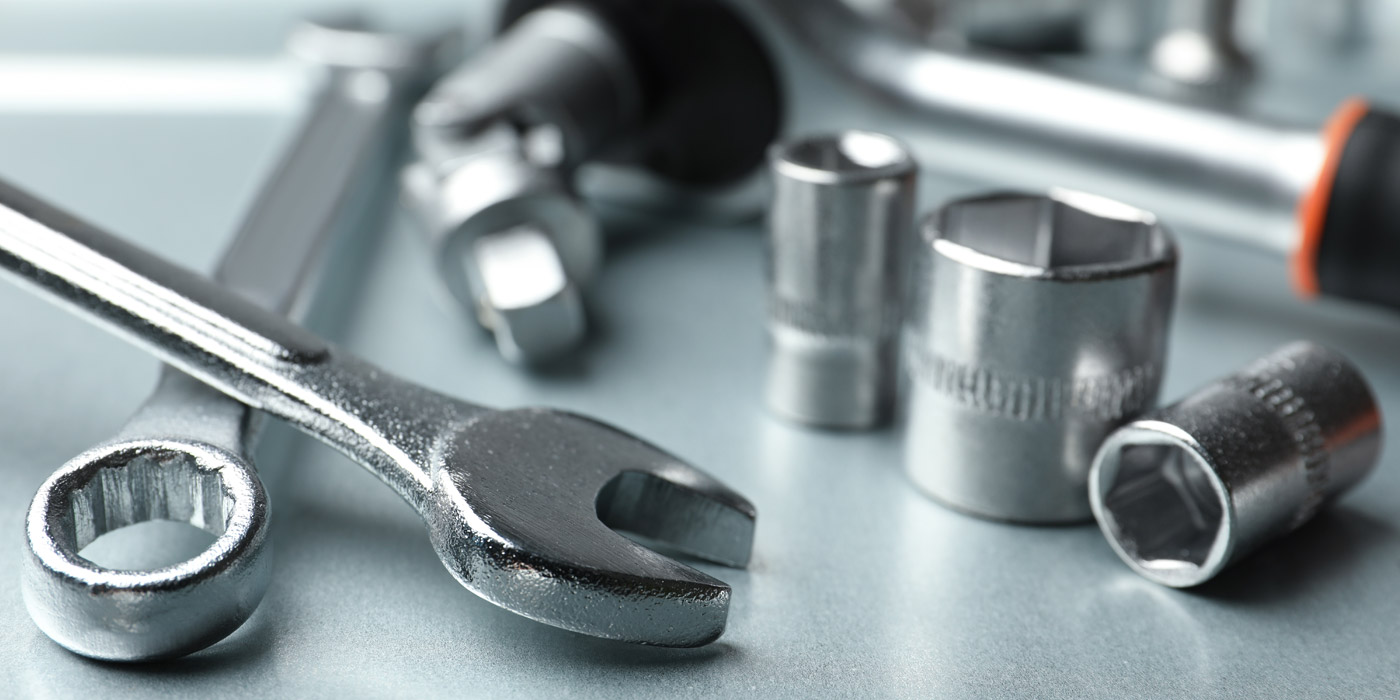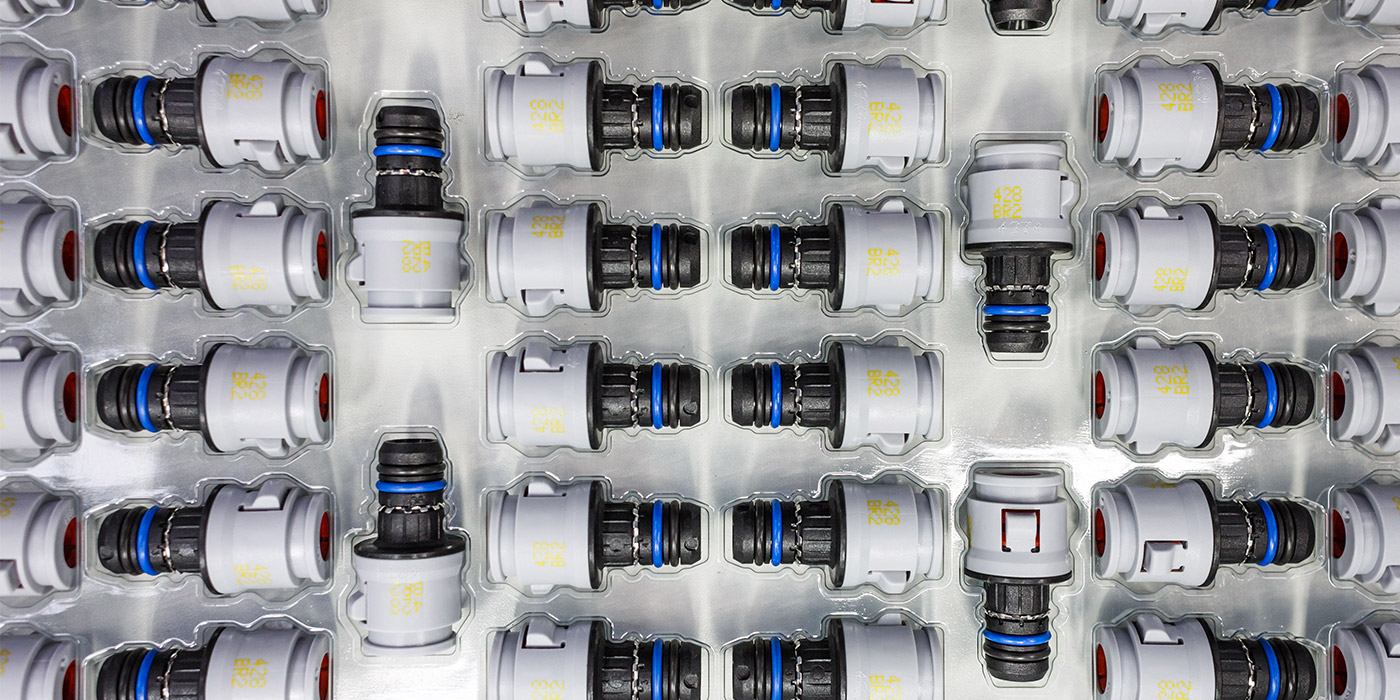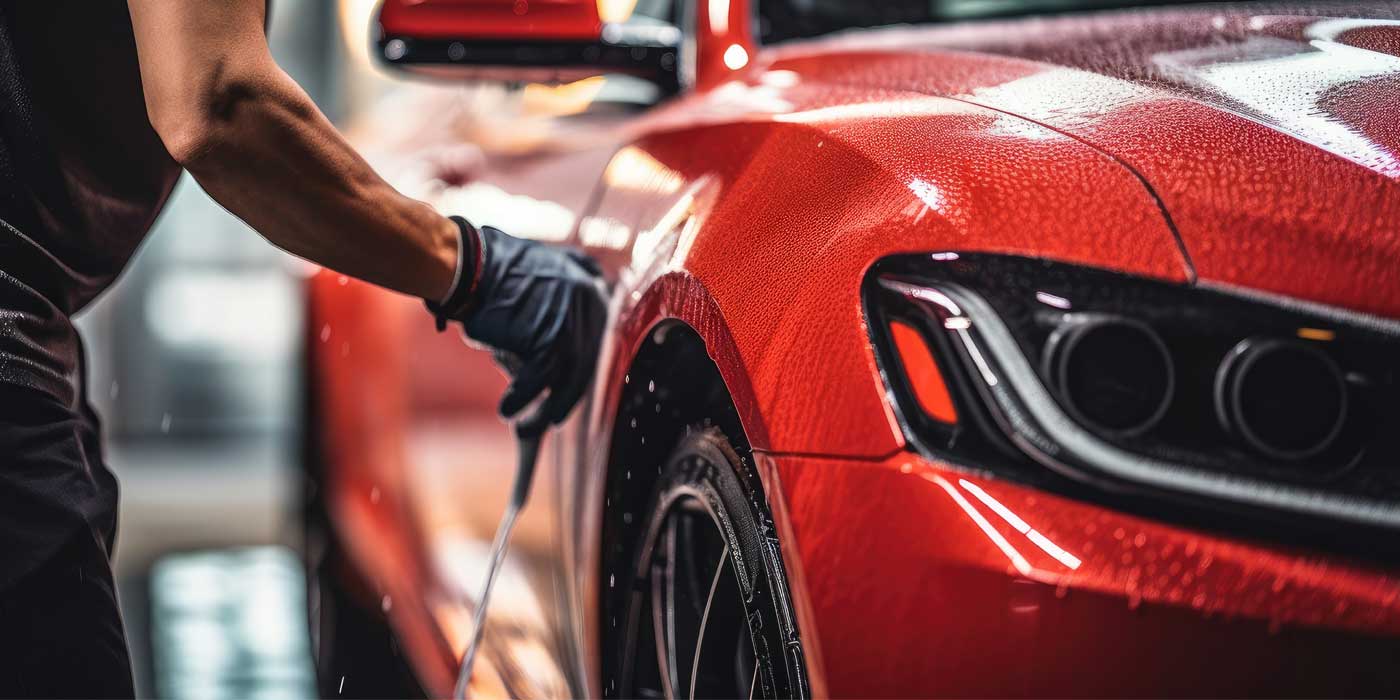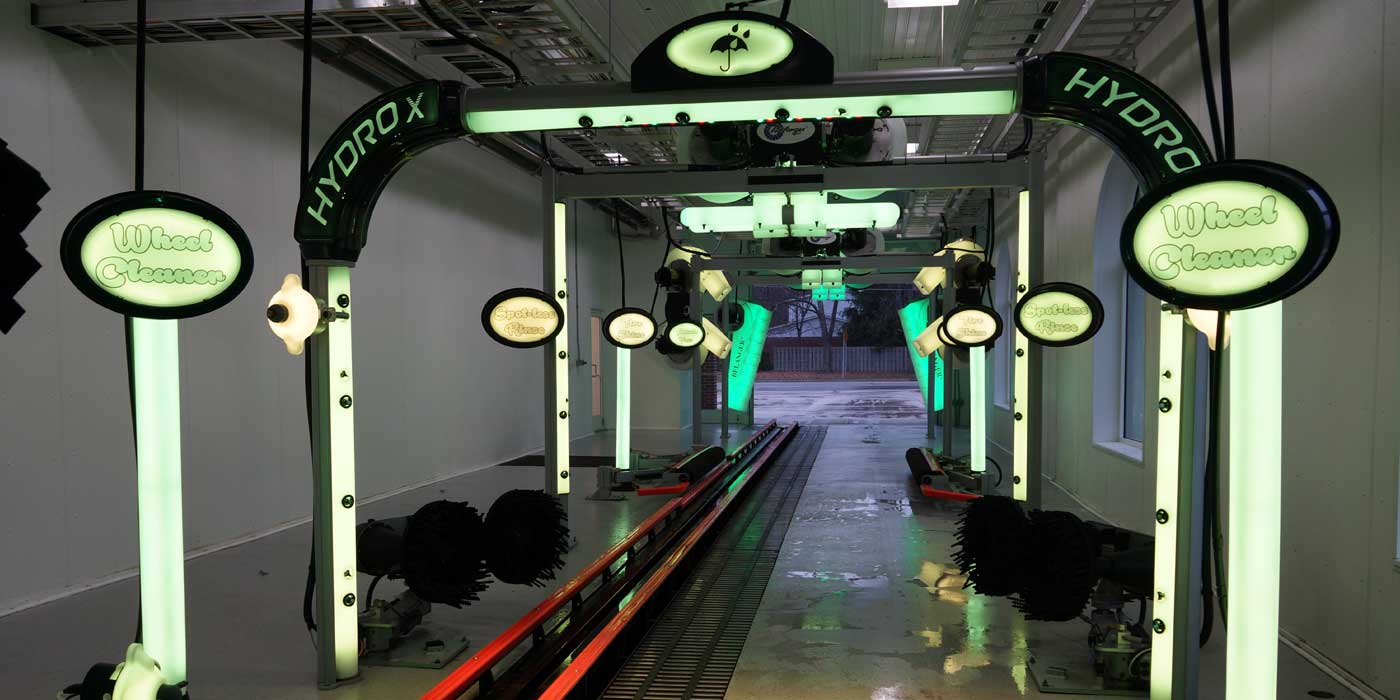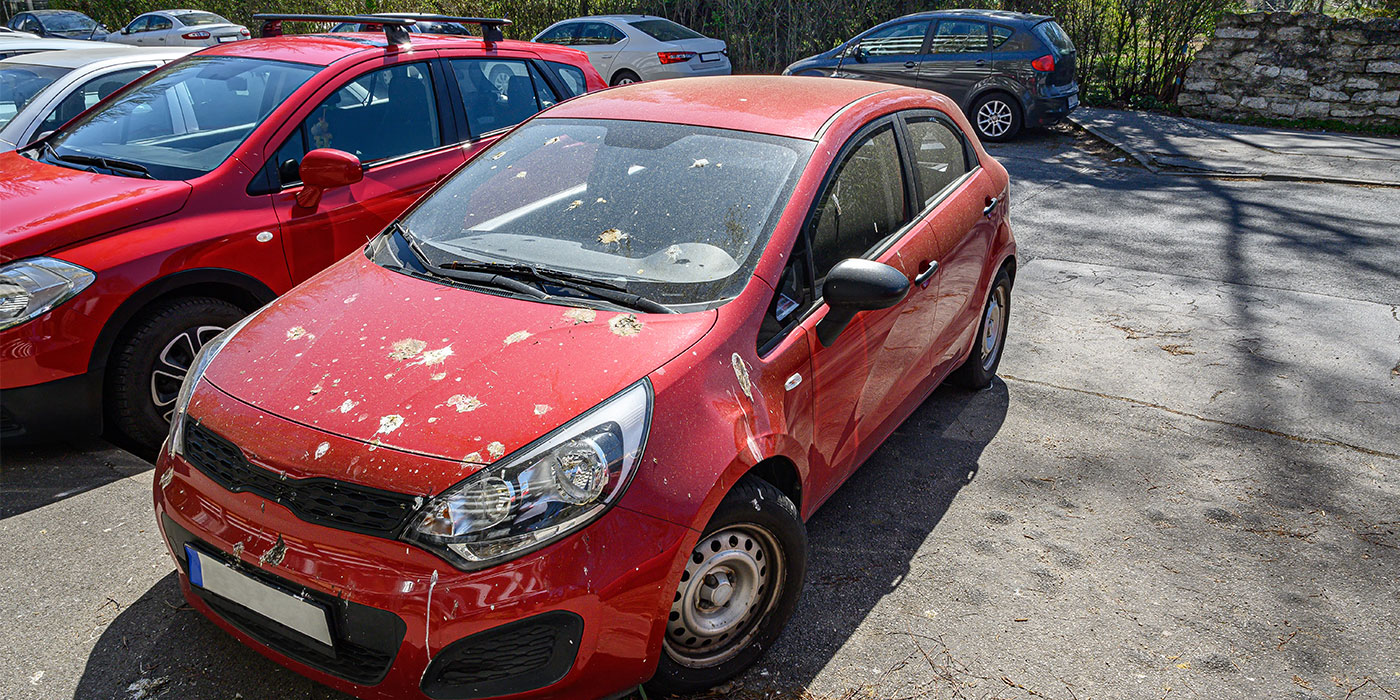Every technology, no matter how innovative or standard setting at initial release, is bound to be upgraded at some point. In other words, no one is using version 1.0 of any notable technology that has entered the market in the past few years.
For friction-wash carwash manufacturers and their clients, there has been a significant evolution in the wash media outfitting wash systems. Early systems featured hard plastic or nylon brushes that were able to clean the vehicle effectively, but could, at times, scratch vehicles and damage other components, such as mirrors, wiper blades and antennas.
The industry responded by inventing brushes that were constructed, at first, of soft strips of cloth and, later, of closed-cell foam media, which helped protect the vehicle from damage while providing an elevated level of “clean.” High-rpm closed–cell foam media was a step forward even from soft cloth, because it didn’t hold water or dirt, so it stayed lighter and was gentler and safer on the car than cloth.
However, since traditional foam can only clean with its tips, it is often spun at higher rpms than cloth, so that the otherwise “limp” wash media can fully extend, allowing the tips to clean the vehicle. This media cleans by redundancy, relying on lots of overlapping touches to provide cleaning coverage. So, just like how some people prefer to drink regular soft-drink products while others might prefer a new version flavored with cherry or lime (and neither is wrong), carwash operators can choose the cloth or foam wash media — both of which deliver excellent cleaning performance — that best fits their needs and customer preferences.
While the inventions of soft-cloth media and closed-cell foam brushes were true steps forward for the friction-wash market, the manufacturers of this technology still continued to work to improve the wash experience. One area that was targeted was the reduction in the amount and level of ambient noise that is created during the friction-wash process. Specifically, the wash wheels that house the high-spinning wash media were ripe for additional improvement. This led to the creation of a wash-wheel design advancement that can be an option for wash operators if reducing wash-generated noise levels is one of their goals.
Advancements reaching more
Despite the quantifiable advances in wash effectiveness and efficiency, along with vehicle protection that next-generation friction-wash media represent, there has always been a perception among some portion of the driving public that actual wash-media contact with the vehicle will damage it. This mind-set is linked to the loud noise that results from the wash media whipping the vehicle’s exterior.
The quandary that had arisen from the many attempts to reduce noise levels via lower wash-wheel rpms during the washing process is that high rpms are needed in order for soft-cloth or closed-cell foam brushes to clean effectively. Wash wheel operation requires a certain number of rpms to extend the loose-hanging wash media toward the vehicle’s surface. Then, additional rpms are needed for the wash media to
effectively remove the dirt, grime and road salts from the vehicle, which is the friction wash’s overriding objective.
Driven by the need to deliver an expected level of clean and vehicle protection, but at reduced noise levels, the manufacturers of friction-wash media have recently come up with a revolutionary answer. It is a wash-wheel system in which the closed-cell foam wash media does not hang loose but is self-supporting and always in an “up” position. In this pose, the wash media can be guided to the vehicle’s surface through the use of precise, deliberate cleaning angles at lower rpms. In other words, these wash wheels do not “whip” vehicles clean. Instead, the “fingers” of the wash media, which are constructed of a “grabbier” material, gently caress the vehicle’s surface while still removing all of the dirt and grime.
Though it may sound counterintuitive, while the wash wheel is spinning slower — at rates as low as 30 rpms — it is actually delivering a better clean, because the tips of the wash-media fingers (of which there can be as many as 18,000 per wash wheel) are in constant contact with the vehicle. In fact, the slower-spinning wash media can still deliver more than 250,000 cleaning touches per wash wheel. This can create up to 10 times more vehicle touches than traditional faster-spinning soft cloths.
Quiet please, wash at work
As far as actual sound levels go, the new, low-rpm wash wheels produce a decibel level of around 40, which is much quieter than standard wash wheels. For comparison, a noise level of 40 decibels is quieter than a normal conversation at 3 to 5 feet, which can range from 60 to 70 decibels.
In addition to the winning combination of improved cleaning and reduced noise, the new wash-wheel system offers other tangible benefits for wash operators and their customers:
The shorter wash-media fingers are not prone to “lassoing” exterior vehicle components, which prevents damage to wiper blades, mirrors, door handles and antennas — and the wash fingers themselves.
The closed-cell foam media does not hold water or dirt, which not only improves the effectiveness of the wash process but also leaves the wash fingers cleaner.
The wash wheels have been designed to be easily removed, which results in easy maintenance and wash-media replacement with minimal downtime; the ability to quickly remove and replace torn or dirty wash media also improves the wash’s appearance and, by extension, its appeal and reputation.
From a marketing standpoint, there are several ways that wash operators can trumpet the vehicle-washing advantages of the new wash-wheel technology. One of the flashiest is incorporating colorful LED lights into the wash wheels themselves, which draws the attention of drivers. Illuminated wash wheels enhance the wash experience of the current customer but also serve as a beacon to drivers who may be passing by the wash site.
Illuminated wash wheels can also be used to confirm the driver’s wash-package selection simply by saying that the lighted wash wheels will be part of a “blue” package, for example, and then having the wash wheels feature a blue light to confirm that the driver is getting what he or she paid for.
Manufacturers in the ever-evolving friction-wash industry have come up with some notable innovations over the years. The latest is the creation of wash-wheel technology that is able to perform the seemingly contradictory task of delivering a cleaner, quieter and — most importantly — more enjoyable and memorable wash experience that can lead to repeat visits despite relying on lower wash-wheel rpms. So, while traditional brush and soft-cloth friction washes still perform admirably, the new low-rpm wash wheel provides operators with another option to consider when outfitting their facilities.
Adam Kelsey is the tunnel product manager for Belanger Inc., Northville, Michigan, and OPW Vehicle Wash Solutions. He can be reached at [email protected]. Belanger is an innovative leader in tunnel and in-bay automatic vehicle wash systems. Belanger is part of OPW Vehicle Wash Solutions, a business unit within Hamilton, Ohio-based OPW. For more information, call (866) 483-2867 or visit belangerinc.com.

